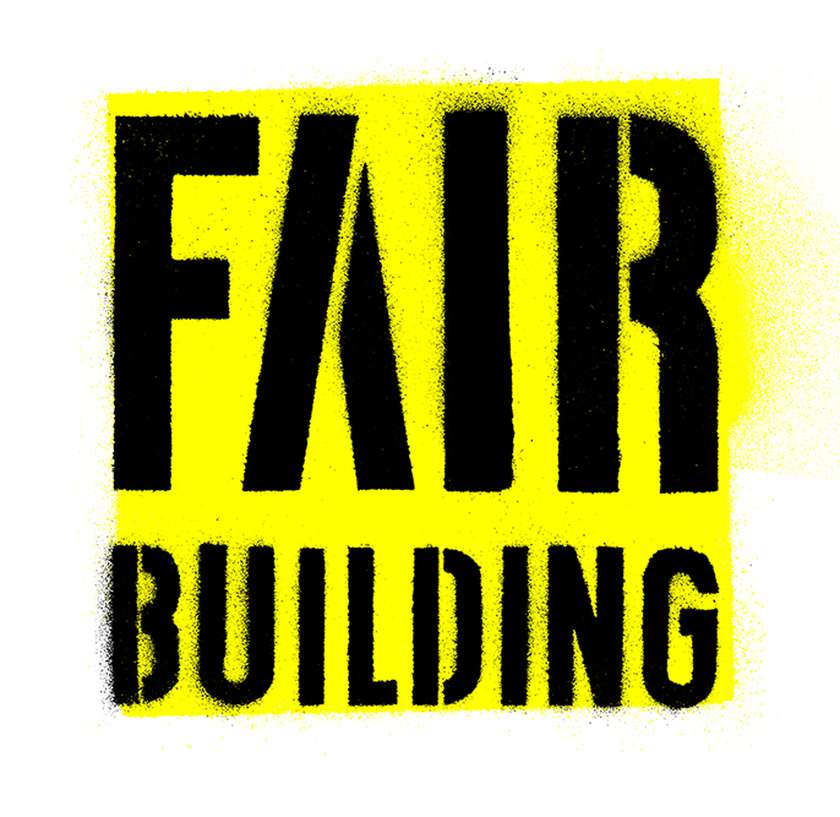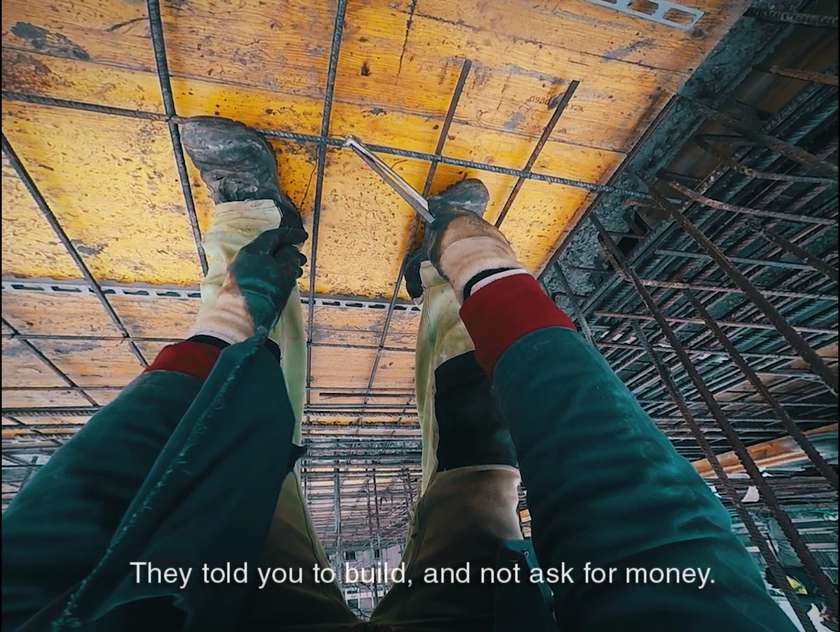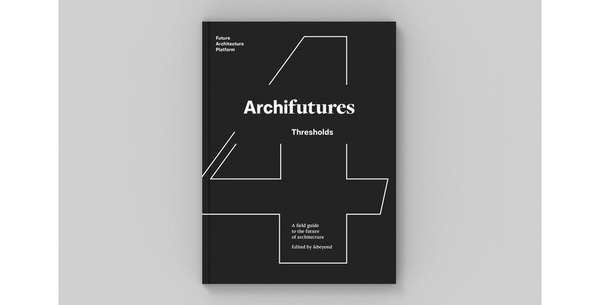Idea by
Dominika Janicka
Institute of Design Kielce
Call for ideas 2017
Fair Building
Fair Building
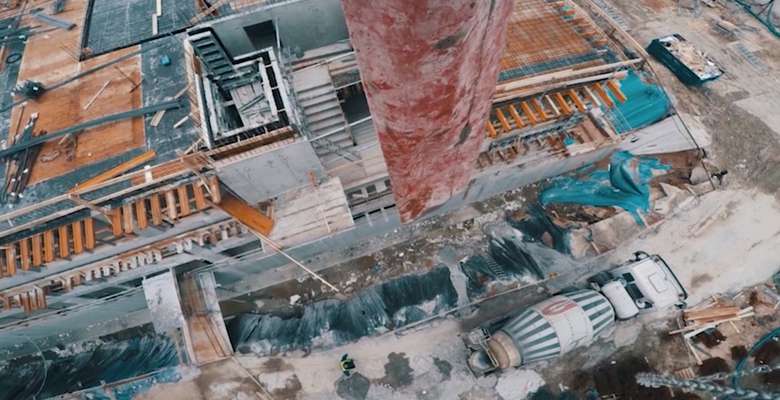
In the consumption-driven world that we live in, we increasingly pay attention to whether the products we buy bear a ‘fair trade’ mark, whether they were manufactured in decent conditions, whether the company behind them cares for its employees, the environment and so on. And what about architecture? As its consumers, we perceive buildings as part of our natural environment, as something that is given to us. As long as construction works don’t interfere with our daily life, we tend to ignore them. As makers of architecture we focus only on those parts of the process that we are personally responsible for, and often know little, or nothing about the rest of the chain.
Despite technological advances, construction of the building remains an unpredictable process
and a struggle with the material. Manual labour is still needed to create buildings. Yet the contribution made by construction workers is missing from the architectural debate, as if their perspective didn’t matter at all.
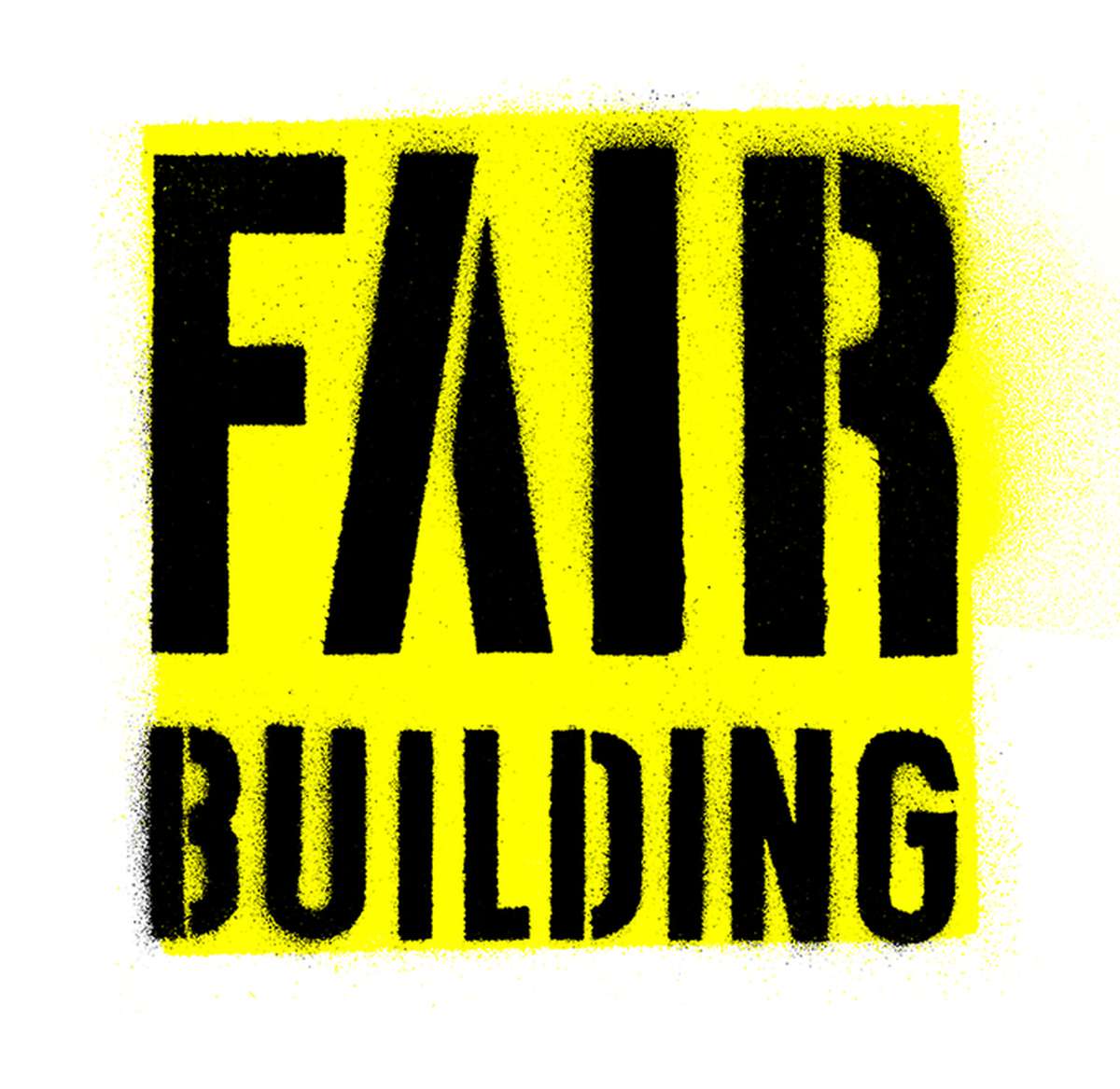
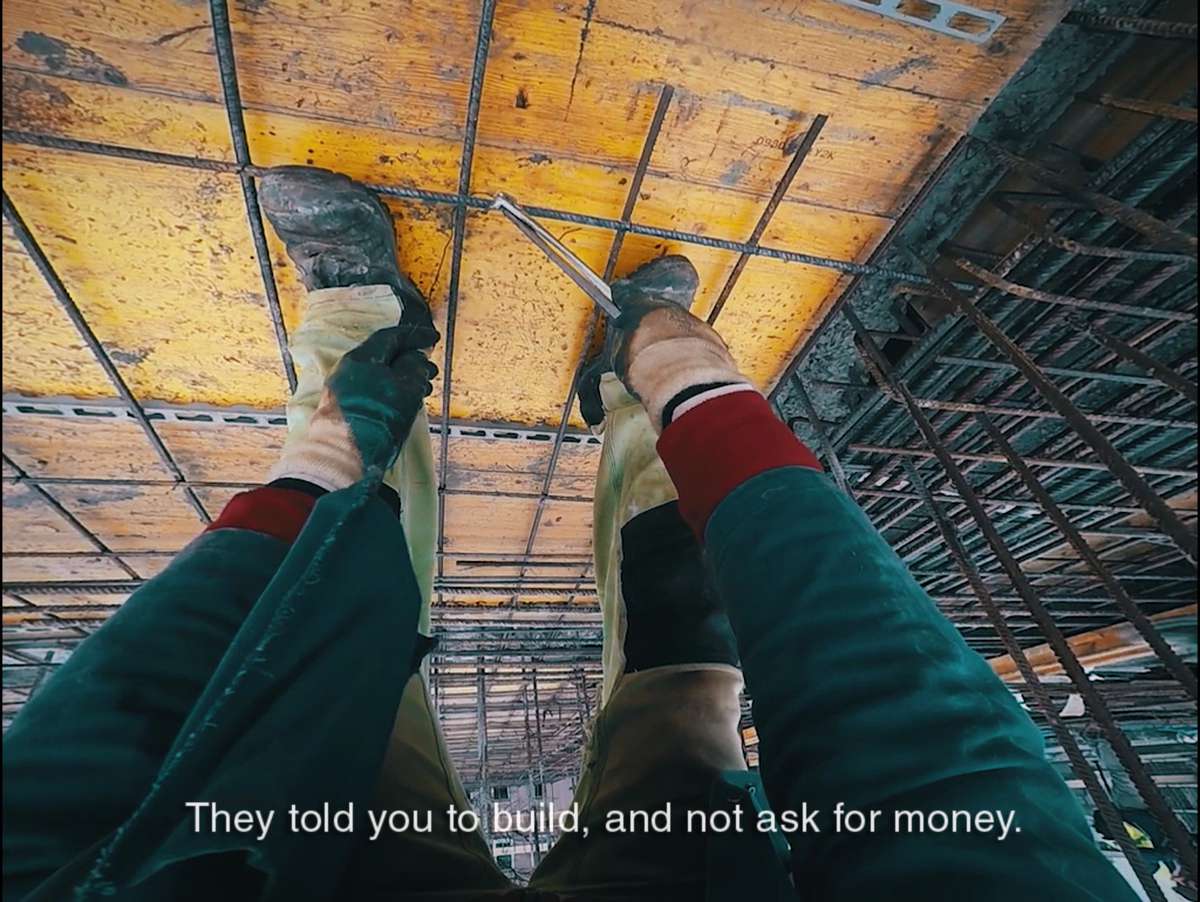
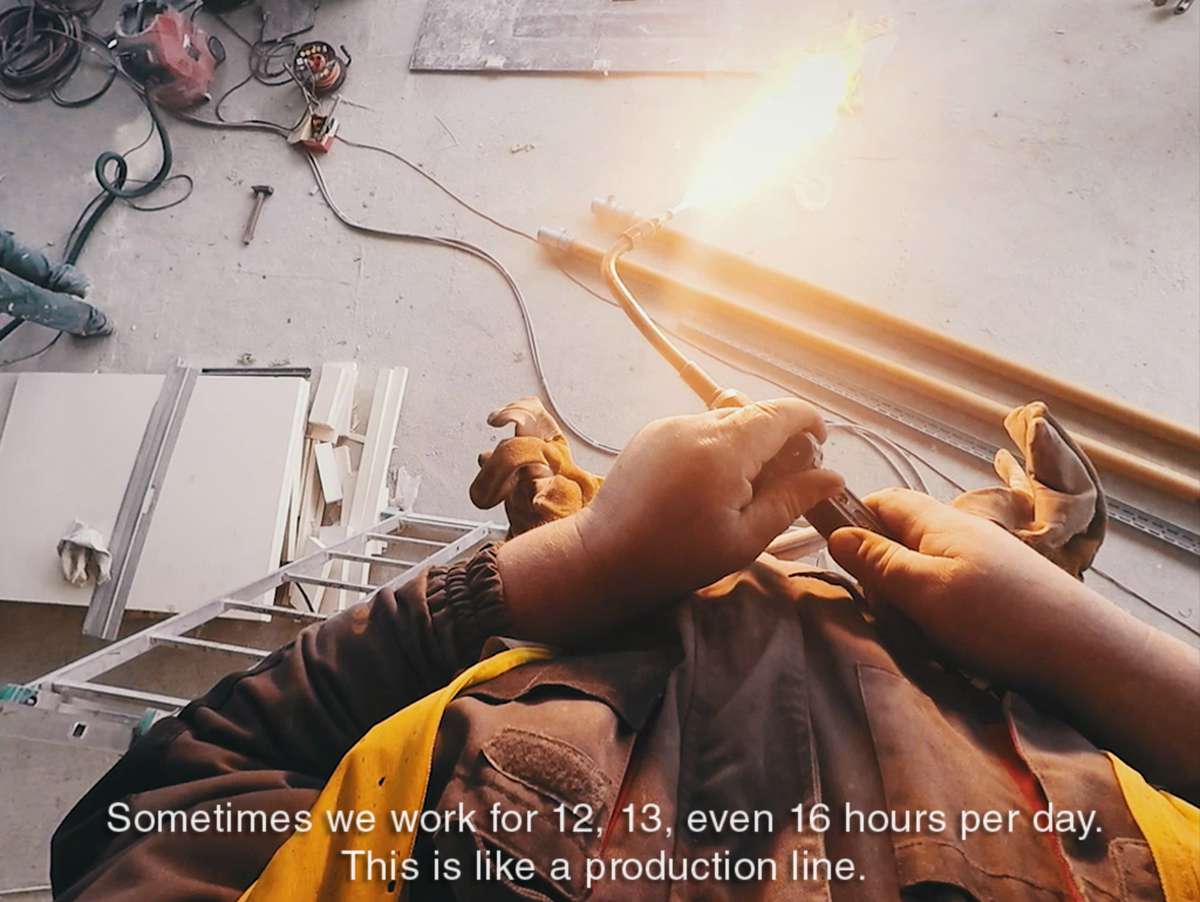

Fair Building
Fair Building

In the consumption-driven world that we live in, we increasingly pay attention to whether the products we buy bear a ‘fair trade’ mark, whether they were manufactured in decent conditions, whether the company behind them cares for its employees, the environment and so on. And what about architecture? As its consumers, we perceive buildings as part of our natural environment, as something that is given to us. As long as construction works don’t interfere with our daily life, we tend to ignore them. As makers of architecture we focus only on those parts of the process that we are personally responsible for, and often know little, or nothing about the rest of the chain.
Despite technological advances, construction of the building remains an unpredictable process
and a struggle with the material. Manual labour is still needed to create buildings. Yet the contribution made by construction workers is missing from the architectural debate, as if their perspective didn’t matter at all.
